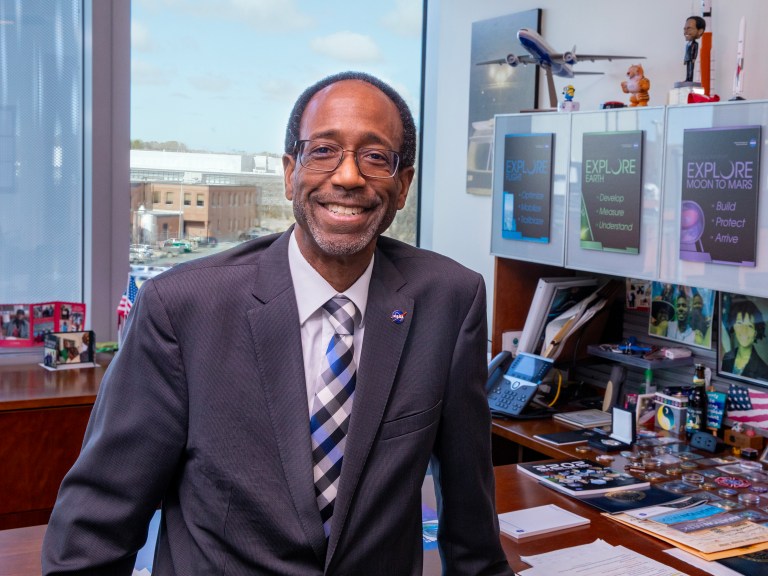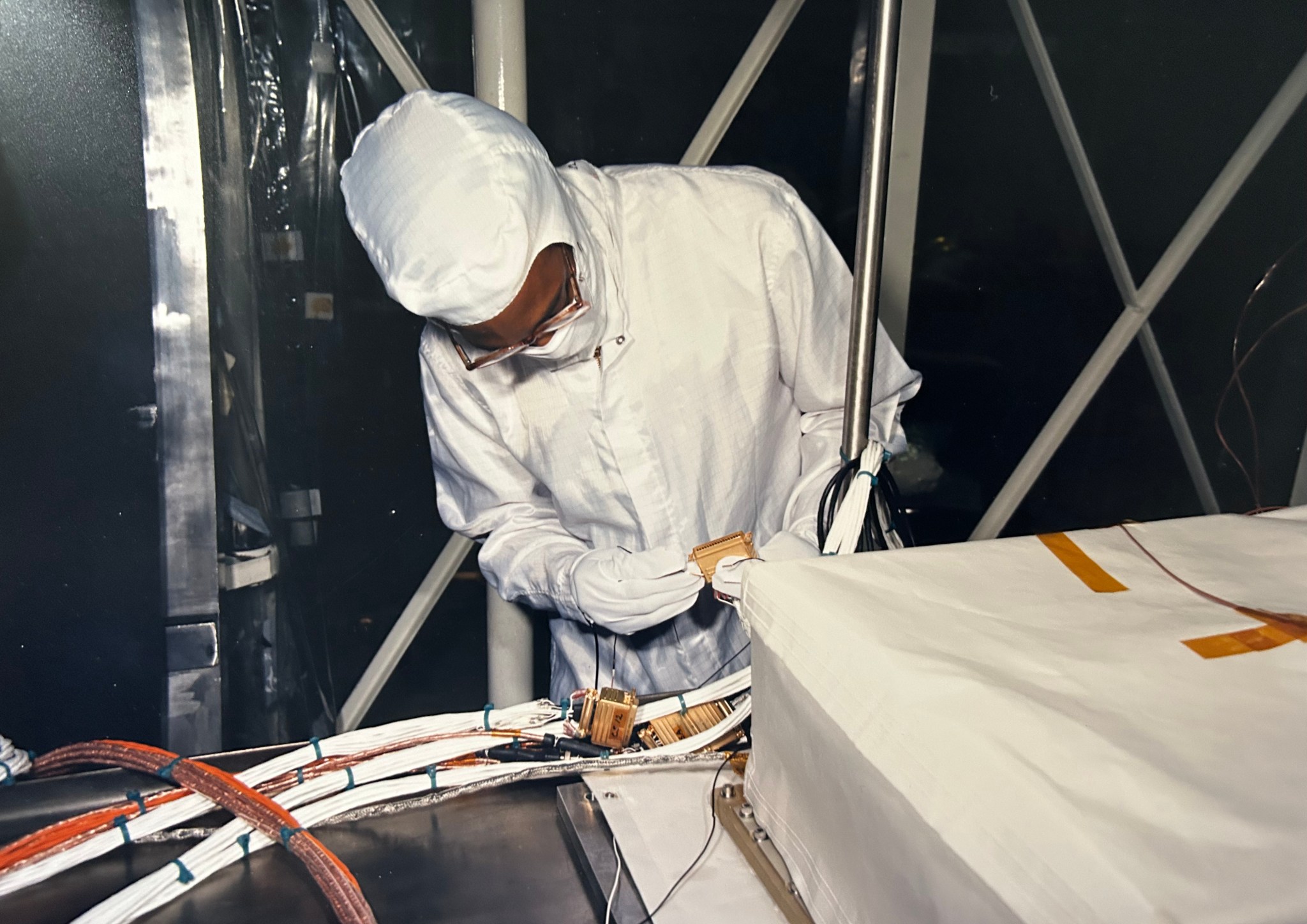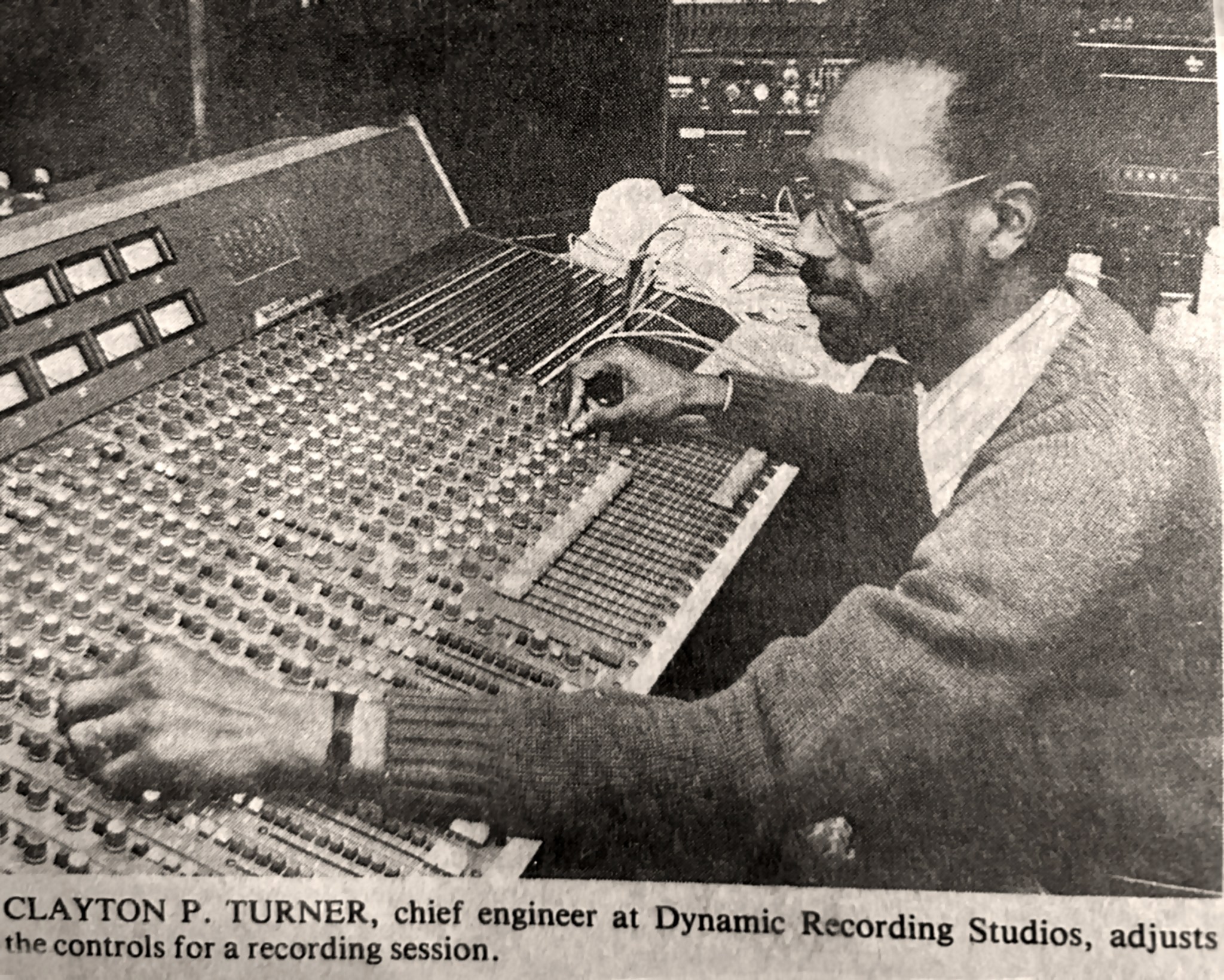
Get to Know Clayton Turner, Leading NASA’s Space Technology
Associate Administrator for Space Technology Mission Directorate - NASA HQ
Follow Space Technology
Contents
- What sparked your interest in space and engineering?
- What is a lesson you learned early in your career at NASA?
- Can you tell us about your job at the recording studio?
- Do you have a favorite space technology?
- What do you like to do outside of work?
- What impact would you like to leave on America’s space program?
- Additional Links
Since assuming the role in December 2024, Clayton Turner has served as the associate administrator of the Space Technology Mission Directorate (STMD) at the agency’s headquarters in Washington. In this role, Turner is responsible for the executive leadership, overall strategic planning and direction, and effective management of the directorate.
Turner has served at NASA for more than 30 years. Prior to joining STMD in July 2024 as acting associate administrator, he served as the director of NASA’s Langley Research Center in Hampton, Virginia. Turner has held various positions at Langley including engineering director, associate director, and deputy director.
He is committed to enabling STMD to develop the next generation of space technologies by pushing the boundaries of what’s possible with the entire aerospace community.
What sparked your interest in space and engineering?
My path to NASA was not traditional. It included multiple career opportunities, including a communications specialist in the military, a recording engineer, and a service technician operating and servicing coin-operated pinball machines and video games. I didn’t know it at the time, but each position prepared me for my roles at NASA. These experiences provided lessons on leadership, teamwork, perseverance, motivation, patience, and grace.
It took time to develop these traits over the span of time prior to my return to college. When I returned to college, I was excited and passionate about my studies. My academic success resulted in a call from NASA on my birthday. Interestingly, the interview was at Langley only a few hundred meters from the place I was born.
During my interview, I went to an environmental test chamber, where I saw engineers conducting environmental testing to record boundary data over the course of a 10 to 14 day period, that ran 24 hours a day. This could seem tedious to an outsider but seeing the way the engineers were bouncing off the walls, so excited because their instrument was about to fly – right then and there, I was all NASA. There was nothing else for me.
What is a lesson you learned early in your career at NASA?
During my first week at NASA, I had to write an anomaly report due to something that didn’t go according to plan during my project’s testing. I was worried and thinking, “How do I tell my wife that I got fired when we just moved to Virginia last week?” The quality assurance engineer took the time to help me understand and navigate the process. Creating a learning environment is a key part of what it means to be NASA. The focus on learning and growing was important to me and has had a significant impact on my career.
As the Langley director, my job was to create an environment where brilliant people can do amazing things for the nation and humankind. Sometimes that means clearing obstacles. Sometimes that means embracing change.

Can you tell us about your job at the recording studio?
I worked at a local studio in Rochester, New York, recording many different types of music from rock, to classical, to R&B, and even voiceovers for commercials and medical journals. We also recorded a Turkish duo that was very well known in several parts of the world. They played instruments I did not recognize at the time, and it was interesting to experience and record the wide range of talent.
During another session, I remember a gentleman who came in singing Russian Orthodox hymns layering multitrack harmonies. Even though I could not understand the language, I had never heard anything so beautifully performed. If you open your mind to the possibility, you can be inspired by a lot of things, even when you least expect it.
Do you have a favorite space technology?
They are all my favorites. We launched a solar sail, the size of half a tennis court. Right now, it’s in orbit about 600 miles above Earth, demonstrating how we can use the Sun to get instruments and sensors from one place to another. Our ability to precisely land on distant planets is also fascinating work, whether it’s the entry tech which we developed for the Low-Earth Orbit Flight Test of an Inflatable Decelerator (LOFTID) or Navigation Doppler Lidar.
I like to ask myself the question: is this technology serving the nation and benefiting humankind? Are we enabling our missions? This goes back to our key role – making exploration and scientific discovery possible with our engagement and our technologies.
What do you like to do outside of work?
I intentionally take up piano every five to ten years because it requires full mental focus to read the notes and put my fingers on the right keys. It clears my mind. I have found that often when I am immersed in playing and then come back to a problem, I see things from a different perspective. I can see more of the big picture.
I also used to coach a recreational league football team. This was fun because the teenagers on the team had a lot of energy. Coaching young people helped me realize that every day, we have the opportunity to make a positive change in somebody’s life. It could be just a smile. It could be paying for that person behind you in the drive-thru line with no expectation of anything in return. You never know when a kind gesture can impact somebody’s life in a big way.
What impact would you like to leave on America’s space program?
The aspirational message of this image:
It’s amazing to know that my grandbaby and his peers will routinely go to the Moon, and maybe some will even live and work there. It’s even more amazing to know humans will walk on Mars one day.
This image says we as a human society have gotten comfortable with the idea of our children going to school on Mars. What challenges will we have solved right here on our home planet when this is commonplace? This is who we are, this is what we do, and where we’re going to be.





























